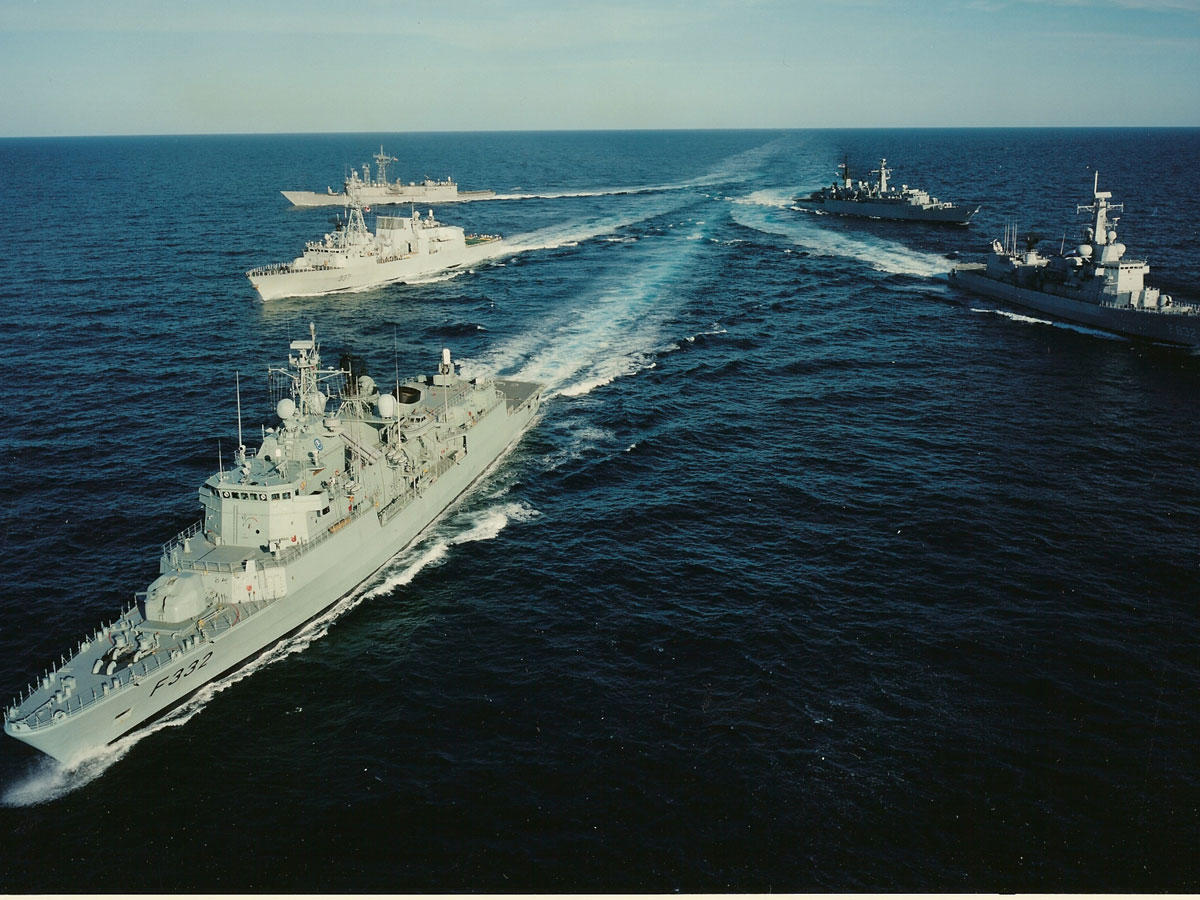Russia, Iran and India to create an alternative to Suez Canal

By Narmina Mammadova
Russia, India and Iran are planning to restructure their logistics in the Asian region and launch a new international transport corridor, which will be an alternative to the Suez Canal. This is stated in the message of the Indian Ministry of Trade and Industry, TASS reported.
The launch of the North-South international transport corridor will be discussed by the representatives of Russia, India and Iran at a meeting on November 23. The new transport corridor will stretch for 7,200 km and connect the Indian Ocean with the Russian Federation and Europe. In 2014-2017, test launches were already carried out along this route.
Goods will be shipped by sea from India to the Iranian port of Bandar-Abbas, then the goods will be delivered to the largest port of Iran, Bandar-Enzeli, then they will go to Astrakhan and be shipped by rail to Europe.
It is noted that the corridor will become a cheaper and shorter alternative to the Suez Canal: the time and cost of freight will decrease by 30-40 percent. Thus, the average delivery time of cargo to Moscow from Mumbai should be reduced by about 20 days.
It is planned that 20-30 million tons of goods will pass via the new route per year.
The Suez Canal, one of the world's most important artificial waterways, crosses the Suez Isthmus, stretching from Port Said (on the Mediterranean Sea) to the Gulf of Suez (on the Red Sea). The construction of the Suez Canal was one of the most adventurous and revolutionary projects of the XIX century. As usual, at first few people believed in the success of the grand event. However, according to the latest estimates, the annual operation of the canal brings the Egyptian treasury up to $1.5 billion in revenue.
The Suez Canal connecting the Mediterranean and the Red Sea was built in 1859-1869 under the guidance of the French consul in Alexandria Lesseps. The Suez Canal was built in just 10 years. In November 1869, the Suez Canal was opened with great solemnity.
The implementation of the most complex technical plan was financed by French shareholders. British industrialists, on the contrary, found it unpromising and unprofitable.
In the first year of its existence, the channel, as the skeptics suggested, turned out to be unprofitable. England took advantage of its poor financial condition, having bought all its shares from Egypt. The control package passed into its possession. A few years later, France bought the right to receive 15 percent of the income from the use of the canal from Egypt. Only 4 years later, in 1952, Egypt nationalized the canal. In 1974, the channel was closed, Egypt began its restoration and reconstruction. On June 5, 1975, the Suez Canal was reopened for navigation.
In 1999, a large bridge (with a length of 4 kilometers and a height of 70 meters) was commissioned through the Suez Canal, built by Japanese, German and Egyptian firms. The bridge connected Asia and Africa and made it possible to significantly facilitate road and rail links.
In May 1999, it was decided to expand the territory of the channel. For this, 280 million square kilometers were provided.
Every day, the canal transmits about 50 vessels of various purposes, and annually more than 600 million tons are shipped through the canal.
The Suez Canal turned out to be a very profitable project. He brings annually $2 billion in profits. The minimum fee for which a small ship can pass the channel is 6-10 thousand dollars. The cost of the passage of the channel by a large tanker or aircraft carrier comes to $ 1 million.
In August 2014, construction on a parallel canal with a length of 72 kilometers began, in order to ensure two-way traffic. Trial operation of the second stage of the channel began July 25, 2015. The financing involved the population of Egypt.
August 6, 2015 there was a solemn opening ceremony of the new Suez Canal.
"New Suez" runs parallel to the old shipping route, laid 145 years ago and is the shortest water route between the Indian Ocean and the Mediterranean Sea. The new channel, as the old one, is state property.
It is noteworthy that initially five years were allotted for construction, then three years, and as a result, the canal was built in a year.
The new channel, along with the old one, allows ships to pass in both directions on a larger number of sections, which makes it possible to reduce the average waiting time from 10–12 to 3 hours.
---
Follow us on Twitter @AzerNewsAz
Here we are to serve you with news right now. It does not cost much, but worth your attention.
Choose to support open, independent, quality journalism and subscribe on a monthly basis.
By subscribing to our online newspaper, you can have full digital access to all news, analysis, and much more.
You can also follow AzerNEWS on Twitter @AzerNewsAz or Facebook @AzerNewsNewspaper
Thank you!
